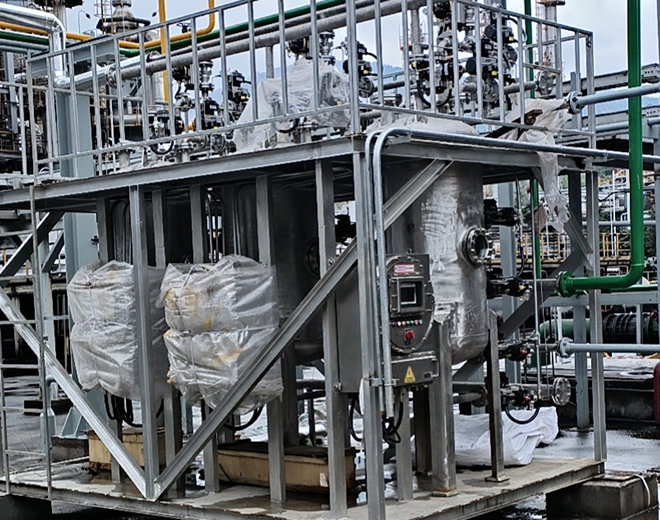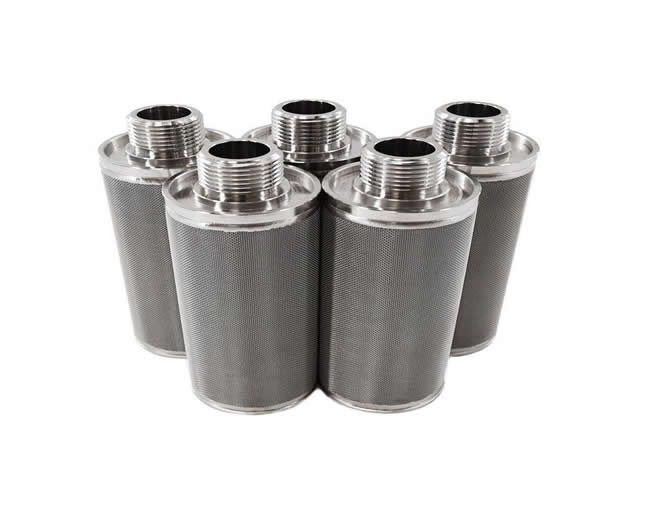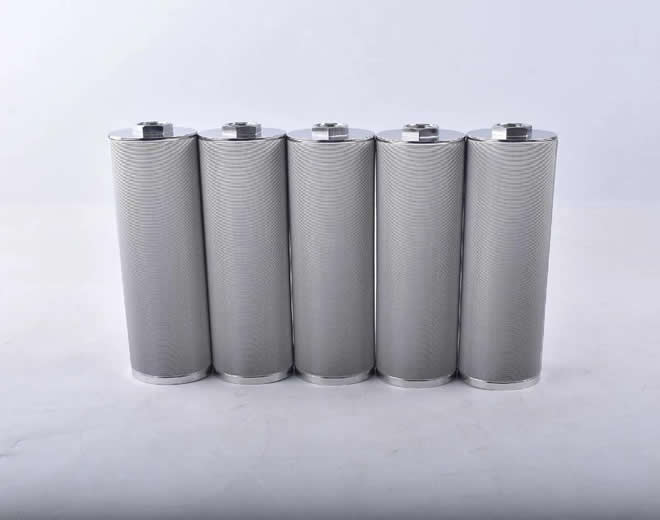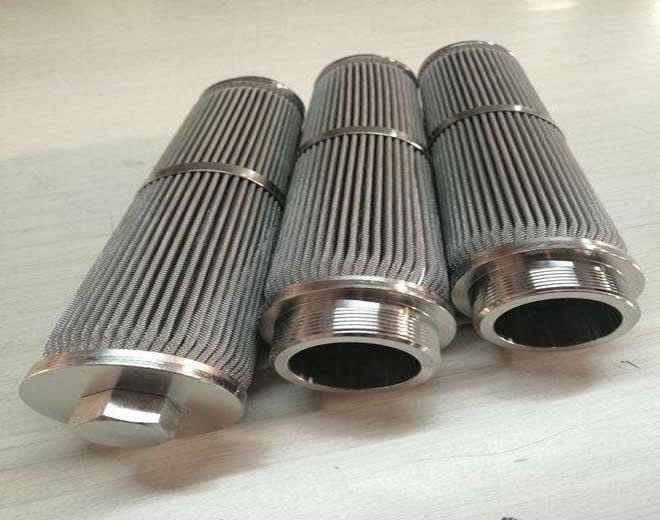Introduction:
When dealing with acidic or alkaline liquids, choosing the right filter is crucial to ensure efficient solid-liquid separation and maintain the purity of the fluid. Here are some recommendations for filtering acidic and alkaline liquids:
1. Material Selection:
Consideration of the filter's construction material is paramount. For acidic liquids, stainless steel, ceramics, and acid-resistant materials are ideal choices. For alkaline liquids, materials with strong alkali resistance, such as polypropylene, may be more suitable.
2. Pore Size and Filtration Precision:
Choose the appropriate pore size and filtration precision based on the particle sizes present in the liquid. Generally, filtering acidic and alkaline liquids requires smaller pore sizes to effectively block tiny particles.
3. Corrosion Resistance:
Ensure that the selected filter has sufficient corrosion resistance to withstand potential corrosion from acidic or alkaline liquids.
4. Suitability Testing:
Conducting suitability tests before selection is crucial. Testing the filter's performance under actual working conditions helps verify its stability and effectiveness in acidic and alkaline liquids.
5. Flow Rate Requirements:
Select the right type of filter based on specific fluid processing needs, ensuring an adequate flow rate and efficient filtration performance.
6. Cleaning and Maintenance:
Consider the cleaning and maintenance requirements of the filter. Some designs are easier to clean and maintain, extending the filter's lifespan and reducing operating costs.
7. Compliance and Certification:
Choose filters that comply with relevant industry standards and certifications to ensure their reliability and safety in acidic and alkaline liquid filtration.
Examples:
For filtering acidic liquids, stainless steel mesh filters or ceramic membrane filters may be appropriate choices. In handling alkaline liquids, polypropylene membrane filters might be more suitable.
Note:
When selecting filters, make sure to understand the exact nature of the liquid, including pH, chemical composition, and particle types, for a more accurate choice.



